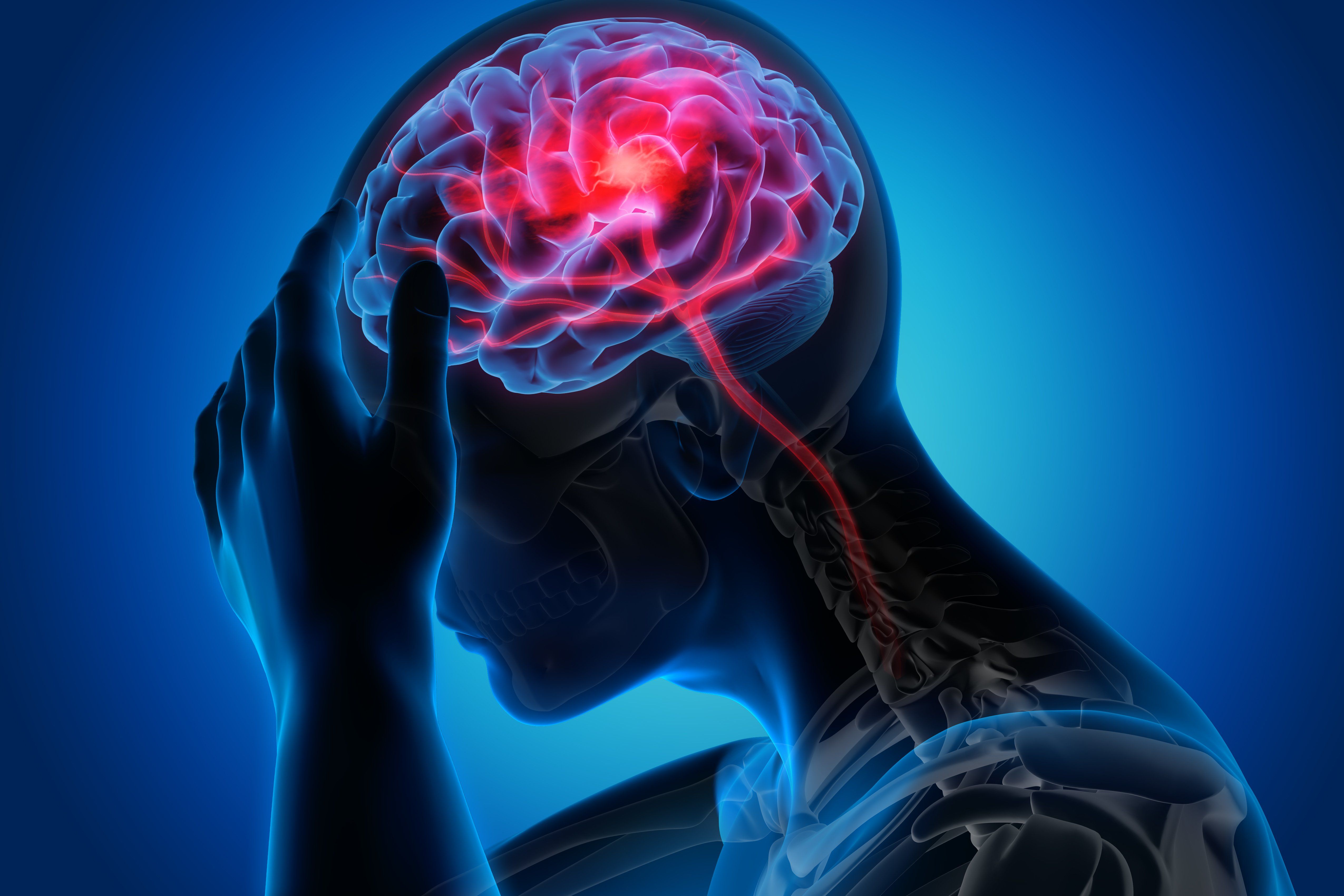- Drug Coverage
- Hypertrophic Cardiomyopathy (HCM)
- Vaccines: 2023 Year in Review
- Eyecare
- Urothelial Carcinoma
- Women's Health
- Hemophilia
- Heart Failure
- Vaccines
- Neonatal Care
- NSCLC
- Type II Inflammation
- Substance Use Disorder
- Gene Therapy
- Lung Cancer
- Spinal Muscular Atrophy
- HIV
- Post-Acute Care
- Liver Disease
- Pulmonary Arterial Hypertension
- Safety & Recalls
- Biologics
- Asthma
- Atrial Fibrillation
- Type I Diabetes
- RSV
- COVID-19
- Cardiovascular Diseases
- Breast Cancer
- Prescription Digital Therapeutics
- Reproductive Health
- The Improving Patient Access Podcast
- Blood Cancer
- Ulcerative Colitis
- Respiratory Conditions
- Multiple Sclerosis
- Digital Health
- Population Health
- Sleep Disorders
- Biosimilars
- Plaque Psoriasis
- Leukemia and Lymphoma
- Oncology
- Pediatrics
- Urology
- Obstetrics-Gynecology & Women's Health
- Opioids
- Solid Tumors
- Autoimmune Diseases
- Dermatology
- Diabetes
- Mental Health
Providers Prepare for Influx of Stroke Patients
Physical therapists can help patients by implementing AI and robotics in rehabilitation treatments and help themselves by adapting to the latest value-based payment models.

Eric Dusseux

Every year, stroke affects 15 million people worldwide, making it one of the world’s most common health issues. According to the Centers for Disease Control and Prevention (CDC); on average, someone suffers from stroke every 40 seconds in the United States.
Stroke is often associated with aging, and for good reason––nearly three-quarters of all strokes occur in people older than 65 and each decade after the age of 55, a person’s risk of suffering a stroke compounds by more than doubling, per the Internet Stroke Center.
The baby boomer generation is America’s largest and its members, born between 1946 and 1964, are currently aged 55 to 73. That means that all of the members of America’s largest generation are now in the window of compounding stroke risk.
These demographic realities will have several significant implications on the healthcare industry, the most obvious of which is a sustained high volume of stroke patients. It will also create a high demand for physical therapy––both immediately after the initial incident and for extended periods thereafter––as roughly one-third of stroke victims are left disabled and will require therapy to regain lost mobility or function. Knowing that expanding rehabilitation needs are coming, the private physical therapy industry, inpatient rehabilitation facilities (IRFs), skilled nursing facilities (SNFs), and outpatient rehabilitation facilities (ORFs) in particular, must prepare by optimizing not only patient outcomes but also clinical performance to meet evolving payment models.
Demand for physical therapy
Across the world, there are 5 million new stroke survivors every year who require physical therapy. The effects of each person’s stroke are largely up to chance, and depend on where the stroke occurs in the brain and how much tissue is affected, according to the American Stroke Association.
Related: Disrupt or Be Disrupted: Predictive Analytics and Healthcare
If the stroke occurs in the left side of the brain, it can result in paralysis on the right side of the body and vice versa. Understandably, this paralysis can make it more difficult for stroke victims to perform seemingly basic tasks, like feeding themselves, walking around their homes, or getting dressed. Independent living can become difficult or even unmanageable.
To address these challenges many individuals will seek physical therapy and rehabilitation, which have historically relied entirely on human therapists to assist patients in exercises and retraining tasks designed to help patients regain strength and functionality. It is vital that within a few days of an incident of stroke, a patient begins therapy with high intensity in guided, repetitive movement. Typically, this early stage therapy takes place in a patient’s IRF stay. Patients can continue to make progress by continuing their treatment through visits to an ORF.
Over the past 10 years artificial intelligence (AI) and robotics have emerged as proven tools to enhance physical therapy rehabilitation treatment in the early stages at an IRF and on an ongoing basis especially at an ORF.
Optimizing physical therapy
Physical therapy provided by human therapists has served countless patients over the years. One of the significant limitations to therapy effectiveness is a human being’s ability to constantly quantify results and make corresponding gradual refinements to patient movements.
A pioneering study on robotics after stroke indicated noticeable improvements in active upper limb movement, as opposed to conventional outpatient rehabilitation. The study also demonstrated sustained recovery and continued superiority for as long as three years after the completion of therapy.
Physical therapy with human therapists typically records between 32 and 80 upper limb movements per one-hour session, compared to between 600 and 1,000 recorded movements per one-hour session with AI and robotics. This drastic increase in repetitions (roughly 3,000%) can make all the difference in the world to a patient, both physically and psychologically.
Physically, any improvement that can potentially help patients regain mobility sooner should be welcomed by all involved. Psychologically, rehabilitation can be an emotional endeavor as patients encounter ups and downs on their road to recovery. Knowing that they’re making rapid progress can motivate patients to continue working hard.
Payment models
To care providers, quantifiable patient improvement can be especially valuable in the face of evolving payment models. Value-based payment models are becoming increasingly common across the healthcare spectrum and could potentially upend traditional healthcare business models and patient care, according to Deloitte Consulting.
In value-based payment models, providers are rewarded for delivering a higher quality of care to patients, as opposed to the tradition of rewarding time spent caring for patients. This incentivizes providers to deliver better care in less time, which matches patient desires and healthcare objectives. With that in mind, providers should optimize their business and care practices for value-based care.
The post-acute care rehabilitation industry is at a pivotal moment in terms of modifying treatment protocols and providing effective documentation to respond to new rules and future direction stated by the Centers for Medicare and Medicaid Services (CMS).
According to the American Physical Therapy Association (APTA), starting in 2019, many physical therapists and physical therapy practices are required by CMS to participate in the Medicare Quality Payment Program (QPP) through either the Merit-based Incentive Payment System (MIPS) or Advanced Alternative Payment Models (APMs).
Making these transitions require IRFs and physical therapy practices to accurately measure the quality of treatment provided to patients. Especially in IRFs, a patient’s progress in physical therapy is not only a measure of the therapy effectiveness, but also a measure of the facility’s overall performance or quality. To help IRFs measure performance, CMS is exploring standardized patient assessment data elements (SPADEs), which assess areas such as cognitive function, impairments, functional status, treatments, and interventions. As the adoption of value-based payment models increases, APTA also continues developing additional quality measures for private therapists.
The better that physical therapists and practices can measure the quality of care they deliver, the better they will fare in rapidly expanding value-based payment models.
Looking forward
Stroke claims millions of victims globally each year and while patients can reduce their chances of suffering strokes by making lifestyle changes, care providers can do their part by ensuring that rehabilitation for those who do suffer from stroke is as effective and efficient as possible. With America’s largest generation all now in the window of the greatest risk of stroke, the American healthcare industry should pay particular attention to its physical therapy infrastructure.
Anticipating a continued influx of physical therapy patients, providers can help patients by implementing the latest AI and robotics in rehabilitation treatments and help themselves within that same infrastructure by adapting to the latest value-based payment models. If more accurate measurement of quality is key in increasing revenue under value-based payment models, then more accurate measurements of patient progress in physical therapy by using AI and robotics warrants consideration from physical therapists and practices looking to adapt. The industry can see this coming, so there’s every reason to be prepared.
Dr. Eric Dusseux is chief executive officer of BIONIK Laboratories, a robotics company focused on providing rehabilitation and mobility solutions to individuals with neurological and mobility challenges.
In the Scope of Virtual Health and the Future of “Website” Manner, Per Ateev Mehrotra
August 10th 2023Briana Contreras, an editor of Managed Healthcare Executive, had the pleasure of catching up with MHE Editorial Advisory Board Member, Ateev Mehrotra, MD, MPH, who is a professor of healthcare policy at Harvard Medical School and an Associate Professor of Medicine and Hospitalist at Beth Israel Deaconess Medical Center.
Listen
Information Blocking Will Cost Hospitals, Other Providers Under Proposed ONC Rules
March 5th 2024Hospitals and healthcare software developers are adjusting to a world in which blocking healthcare data will come with potentially stiff penalties under rules proposed by the Office of the National Coordinator for Health Information Technology (ONC).
Read More
